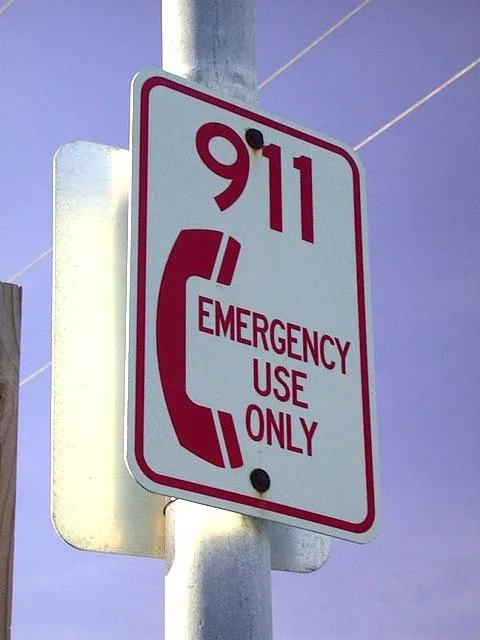Cellphones not yet a substitute for landlines

In The New York Times’ Your Money blog, writer Tara Siegel Bernard evaluates her landline, a device she admits “...rarely rings, and even when it does, it’s usually the dentist or a robocaller.”
But then she looks at aspects of a landline which are uncertain for cellphone-only people. For instance, Bernard says, “In addition to the better reception traditional phones often provide, many households also keep them for emergencies and 911. When you dial 911 from a landline, the dispatcher can generally see your address right away.”
But according to Bernard, when dial 911 on a wireless phone, “... the call goes to an emergency call center associated with the cell tower the phone is using. The dispatcher receives the phone number and the address of the cell tower and can probably tell the broad direction from which the call is coming. But it could take another 20 to 25 seconds for the dispatcher to receive a second batch of data with the specific location (which comes as longitude and latitude coordinates). And there is always a bit of “fuzziness” associated with your exact location... And that information isn’t always available.”
Moreover, she says that, “... wireless services and those based on the Internet do not necessarily have the same regulations and consumer protections as traditional lines.”
Read the whole article here.
Speed Matters supports universal connectivity, emergency services, and consumer protections, no matter what kind of phone service.
Weighing the Need for a Landline in a Cellphone World (NY Times, Jan. 17, 2014)
CWA members oppose AT&T’s attempts to stop serving rural and low-income communities in California
CWA urges FCC to deny industry attempts to loosen pole attachment standards
CWA District 6 reaches agreement with AT&T Mobility



